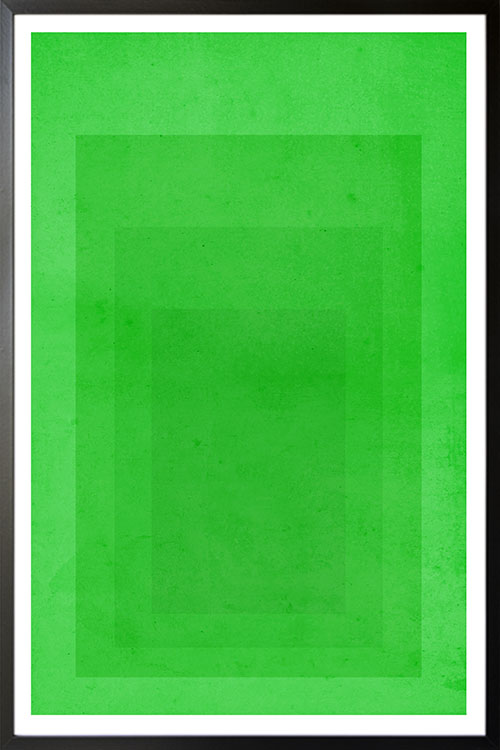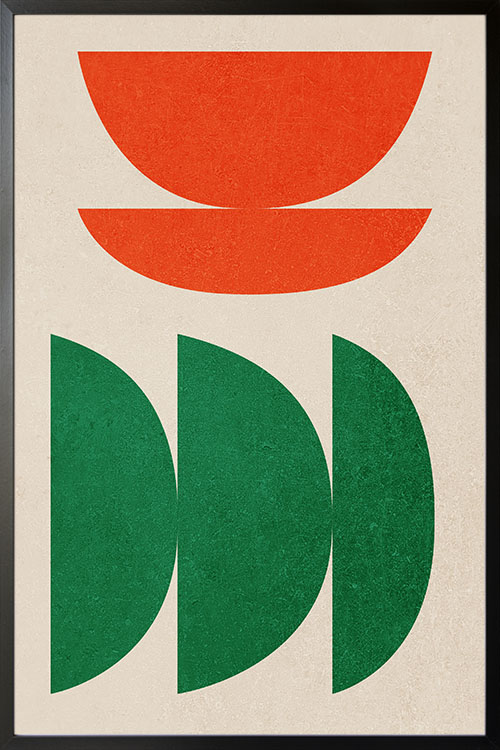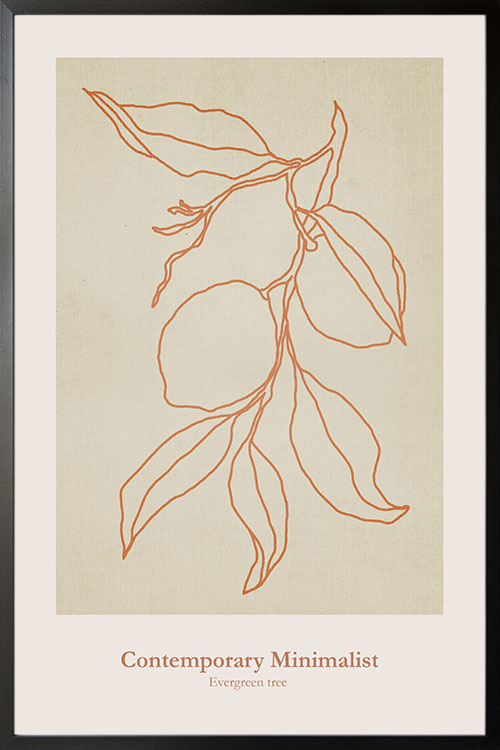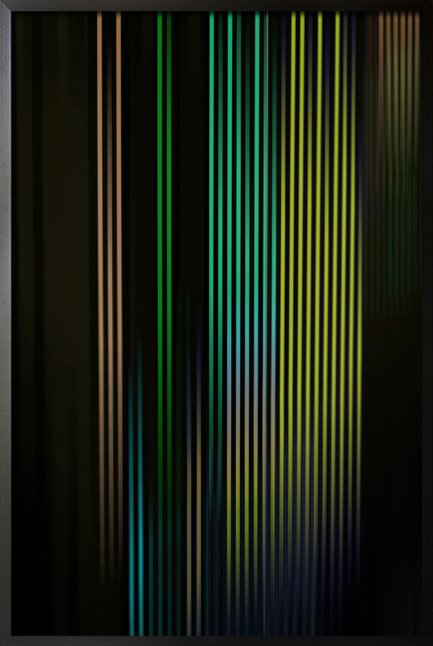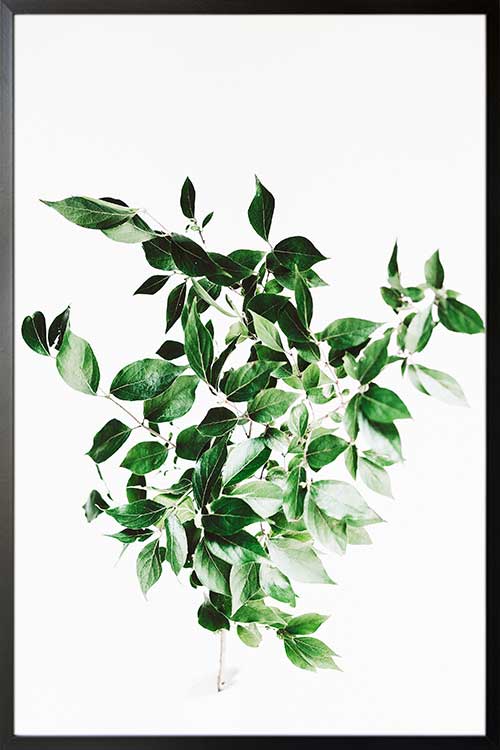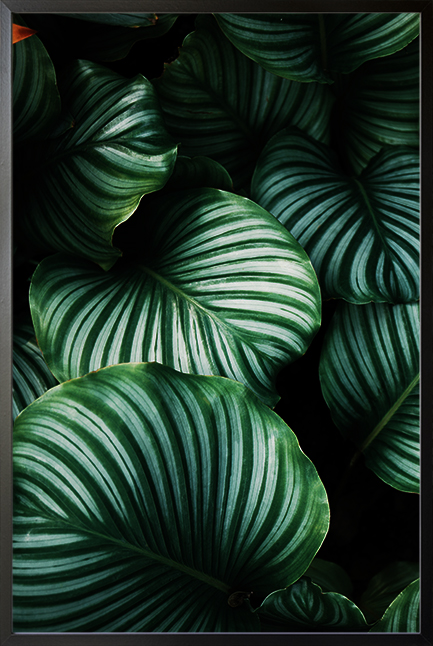
Many people consider the different shades of green to be the most natural colors on the planet. They evoke a soothing and calming effect that is perfect for relaxation. Green is the most familiar color to the sense of vision and the different shades can be used to decorate your home. You can use different shades of green to paint your walls, choice of poster designs, the addition of indoor plants and flowers, fabric, and cushions. The shades of green appear spectacular in homes along with accents and textures to enhance the color.
Different shades of green for your home
Though there are different shades of green, not all can be used to decorate your home. There are particular shades that are recommended by many designers and homeowners. These shades can help create a room atmosphere that is calming and relaxing. Below are some examples that you can add to your home interior.
Sage
The shade of green tends to approach the color gray. This can create a washed-out and dry appearance in the room.
Lime
A shade of green that is considered to be lively and dynamic. This shade can give a summer look to your home. It is practically a combination of yellow and green that evokes a refreshing vibe.
Olive
The dull shade of green emits antiquity and a formal look. This shade is geared towards gray and brown.
Emerald
A luxurious shade that offers a sophisticated and elegant appeal.
Shamrock
Dark and matte color that offers a discreet and muted room appearance.
Different ways to use the shades of green
Green gives any room a touch of nature. However, just like any color, excessive use of green may be an eyesore. The combination of different shades can create impressive effects in a room. They offer a fresh and natural atmosphere when added to your home.
Green can be used in any room and there are actually no restrictions. The color may be used to add accent on walls, choice of furniture pieces, the color of throws, rugs, accessories, poster designs, and others
The color promotes an environment of peace and tranquility. As such it is recommended to use the color in rooms where you want to have peace of mind and body. Examples are the bedroom and the living room. Together with shades of blue, they can promote certain health benefits.
Shades of green can also stimulate appetite and can be used in the dining room and kitchen. Combine green with red, orange, and yellow to have a dynamic and awesome effect.
Final thoughts
Green is a very special color as it represents nature. This is probably why many homeowners and designers prefer to add color to their rooms to give them a refreshing vibe. Imagine yourself walking in a forest to boost your health. This may also have the same effect when the color is added to your home.
Indoor plants provide great benefits to mental and physical health. This is why the incorporation of plants and florals is important to successfully achieve a room that is attractive and beneficial. Shades of green are also easy to use and can give you the freedom to decorate your rooms.
